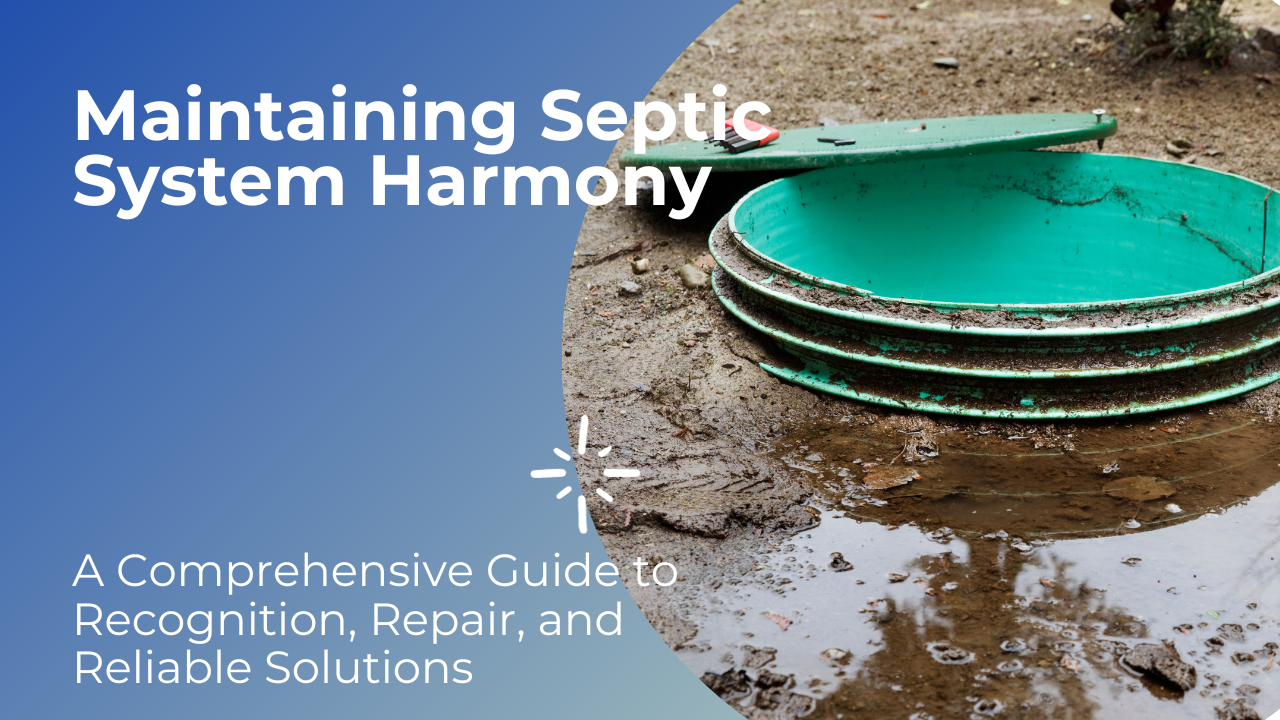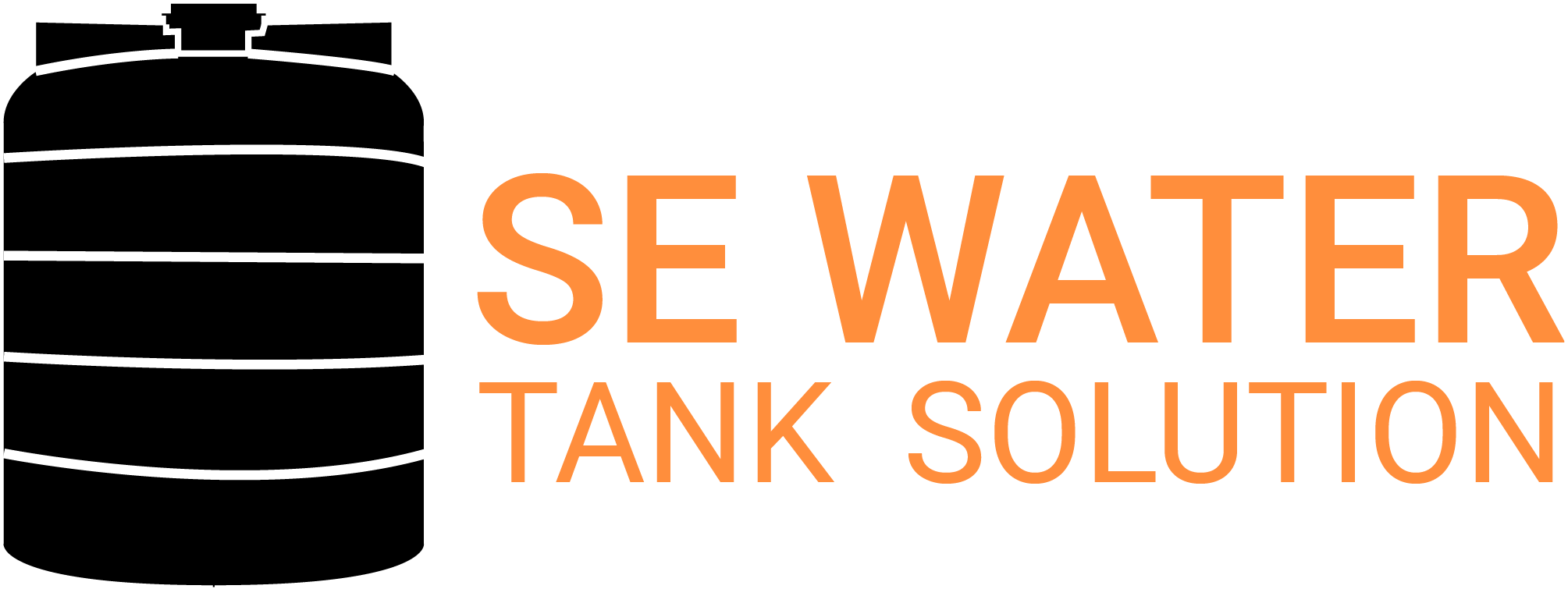A properly functioning septic system is the unsung hero of a home, silently working to treat wastewater and maintain a healthy living environment. However, when signs of trouble arise, swift action is crucial to prevent more significant problems and potential environmental hazards. In this guide, we delve into the subtle indicators that your septic system might be experiencing woes and explore a comprehensive plan for inspection, repair, and reliable maintenance. From deciphering warning signs to executing effective repairs, we’ve got you covered on the journey to septic system tranquility.

Deciphering Septic System Woes : Recognizing Warning Signs
A properly functioning septic system is indispensable for maintaining a home’s overall infrastructure and ensuring efficient wastewater treatment. Recognizing early warning signs is paramount in preventing more extensive problems and mitigating potential environmental hazards. Here are key indicators that may suggest a problem with your septic system:
- Unpleasant Odors : Persistent foul odors around the septic tank or drain field can be indicative of a leak or blockage, necessitating immediate attention to avoid further complications and environmental issues.
- Slow Drainage : Sluggish drainage in sinks, showers, or toilets, especially affecting multiple drains, may signal a septic system problem that warrants prompt investigation and resolution.
- Water Accumulation : The presence of standing water or unusually vibrant grass over the drain field may suggest ineffective wastewater processing by the septic system, requiring a thorough examination.
- Sewage Backups : Sewage backing up into toilets, sinks, or drains is a clear indication of a serious septic system issue that demands urgent resolution to prevent further damage.
- Unusual Sounds : Gurgling sounds emanating from drains or toilets may indicate air escaping due to a blockage or backup in the septic system, necessitating immediate attention and inspection.
- Elevated Nitrate Levels : An increase in nitrate levels in well water may suggest contamination from a malfunctioning septic system, emphasizing the importance of regular water testing for early detection.
- Lush Grass Over Septic Tank : Excessively green and thriving lawn above the septic tank could signal a leak, with effluent acting as a fertilizer, highlighting the need for a thorough inspection and repair.
- Indoor Sewage Odors : The detection of sewage-like smells indoors may point to a problem with the plumbing or septic system, necessitating immediate investigation to prevent further complications.
- Effluent Pooling : Visible pooling of effluent around the septic tank or drain field is a clear indication of a malfunction, requiring prompt attention to prevent environmental contamination and system failure.
- Plumbing Fixture Issues : Frequent backups or slow drainage in toilets, sinks, or showers may suggest a blockage or septic system failure, necessitating timely intervention to prevent extensive damage.
- Unexplained Wet Areas : Soggy or wet spots on the property, particularly near the septic tank or drain field, could indicate a leak, necessitating a comprehensive inspection and timely resolution.
Comprehensive Guide to Septic Tank Repair:
Maintaining a healthy septic tank is crucial for the proper disposal of household wastewater. Regular inspections and maintenance can help prevent more significant problems and extend the lifespan of the septic system. Here’s a detailed guide on inspecting, repairing, and maintaining a septic tank:
Inspection: Start by carefully inspecting the entire septic tank for signs of damage. For concrete tanks, look for cracks or deterioration, while plastic or fiberglass tanks may exhibit warping. Identify any leaks or structural issues that may compromise the tank’s integrity.
Pumping the Tank: Before proceeding with repairs, it’s essential to pump out the septic tank to create a safer working environment. Hiring a professional for this task ensures proper disposal of the tank’s contents and prevents environmental contamination.
Cleaning the Tank: Remove sludge, debris, and scum from the tank to facilitate a more thorough inspection and make repairs more accessible. This step is crucial for identifying all damaged areas within the tank.
Repairing Cracks or Leaks: If cracks or leaks are present, consider using epoxy-based sealants designed for septic tanks to patch small cracks. For larger issues, consulting a professional is advisable, as more extensive repairs may be necessary.
Replacing Damaged Components: Any septic tank components that are beyond repair, such as baffles or lids, should be replaced. Damaged components can compromise the tank’s functionality and lead to further issues if not addressed promptly.
Backfill and Compact the Soil: After completing the repairs, backfill the soil around the tank and compact it to prevent settling. Proper compaction ensures the stability of the tank and prevents potential damage in the future.
Monitoring and Maintenance: Regularly monitor the septic tank’s performance after repairs and schedule routine maintenance, including pumping, to prevent future problems. Implementing a regular maintenance schedule is crucial for the long-term functionality of the septic system and helps avoid costly repairs.
Recommended Actions:
Preserving the health of your septic system is crucial for maintaining a functional and efficient wastewater treatment process. To avoid detrimental effects on the system, it is imperative to steer clear of harsh chemical drain cleaners. These substances can disrupt the delicate balance of beneficial bacteria responsible for breaking down waste in the septic tank, potentially leading to system malfunctions.
In addition to avoiding harmful chemicals, water conservation plays a pivotal role in septic system care. Implementing water-saving practices, such as fixing leaks promptly and practicing mindful water usage, can significantly alleviate the strain on the septic system. Conserving water not only promotes the system’s longevity but also ensures its optimal performance.
When faced with warning signs such as slow drains, foul odors, or unusually lush vegetation around the drain field, it is crucial to consult a professional promptly. Licensed septic system professionals possess the expertise to conduct thorough inspections, identify potential issues, and recommend necessary repairs. Timely intervention can prevent minor problems from escalating into costly and extensive septic system failures. By adhering to these guidelines, homeowners can foster a healthy and sustainable environment for their septic systems, promoting long-term functionality and minimizing the risk of environmental contamination.
conclusion
Regular maintenance, including routine pumping and inspections, is essential for preventing septic system issues. Addressing signs of trouble promptly ensures a healthier and more efficient septic system. Don’t hesitate to consult a professional for a comprehensive assessment and expert guidance on maintaining your septic system’s integrity.






